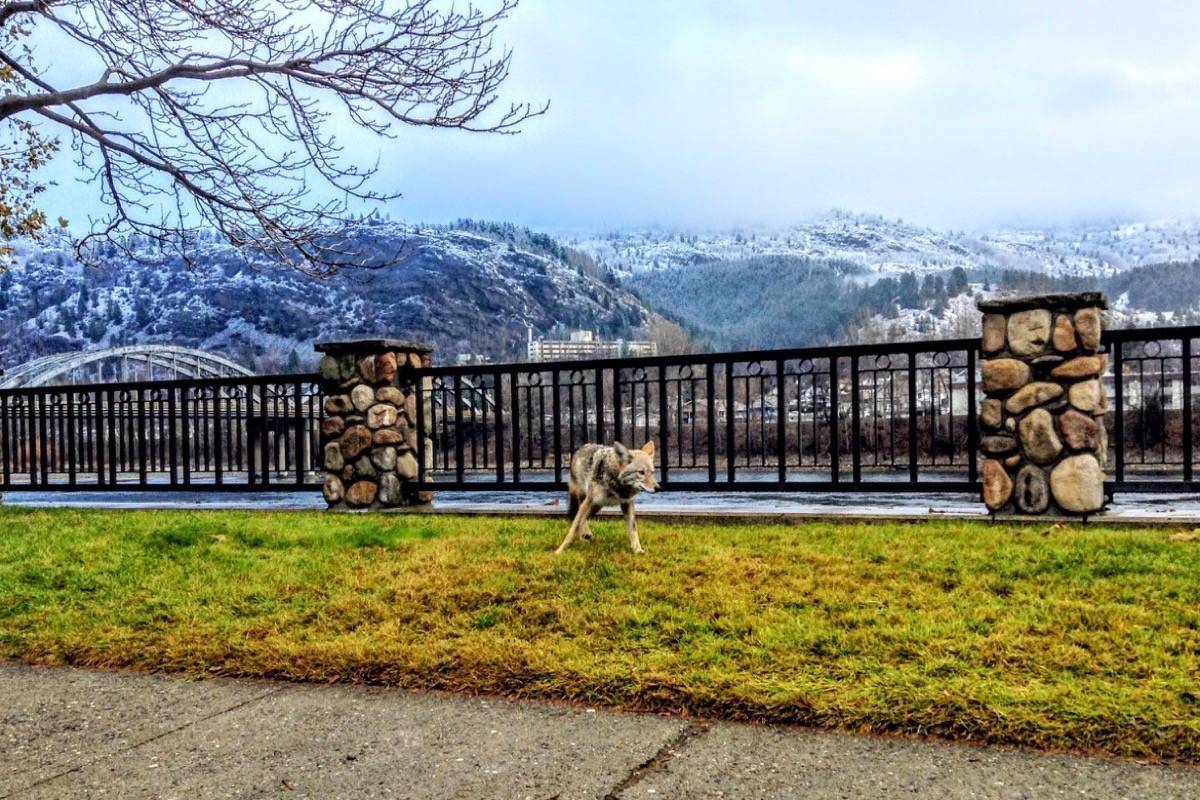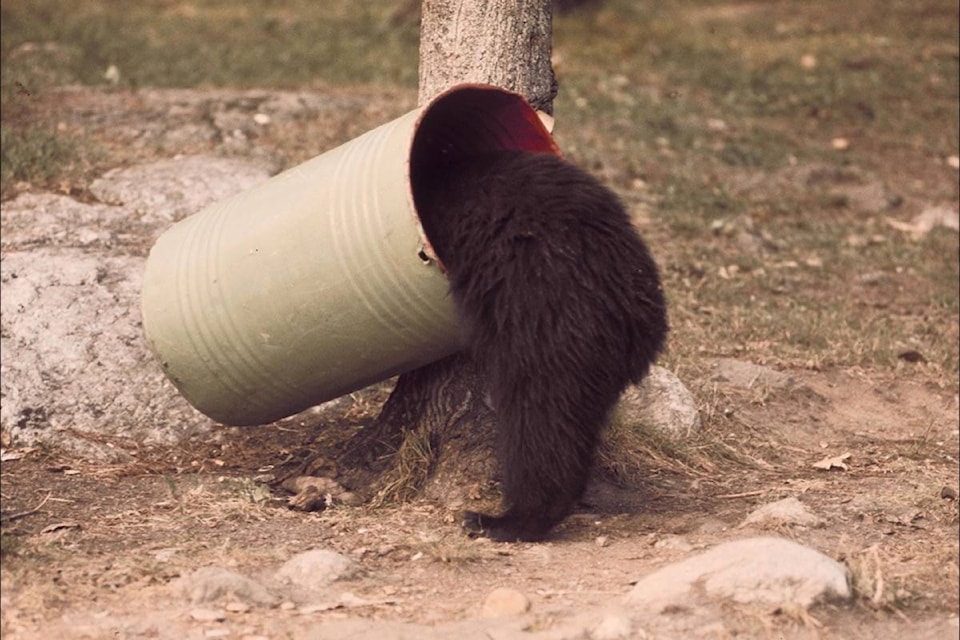Spring has sprung and there’s already been one black bear sighting in Montrose.
So take down those winter bird feeders and secure household scraps because they’re easy pickings for waking bruins, advises Frank Ritcey, provincial coordinator for WildsafeBC.
The bulk of bears usually come out of hibernation in mid-April to early May as food becomes available. But Ritcey says it’s not unheard of for the odd animal to poke around the neighbourhood while there is still snow on the ground.
“What can happen is the bear will come out early,” Ritcey told the Trail Times. “And what is hoped, is, they come out and wander around for a bit, don’t find any food, and go back into the den,” he added.
“And that they’ll wait another few weeks until there is some food available.”
The message heard around the province each year is that a habituated bear is a dead bear.
That’s why it’s important for homeowners and tenants to manage their food scraps year round and for bird feeders to be up only in the winter months.
“The big thing around springtime is first, you’ve got to manage your garbage properly,” Ritcey emphasized. “Because if a bear gets into that garbage early, it’s probably going to stay with that garbage the rest of the season and it’s going to create some real problems.”
He pointed to a 2017 stat whereby WildsafeBC received 340 calls related to either a black bear or a grizzly bear accessing a bird feeder - which is a conflict easily prevented by removing the food source.
“It’s really important to take those feeders down because bird seed has a lot of calories in it,” Ritcey advised. “Now’s the time that bears focus on the bird feeders when they are emerging.”
And every year, there are numerous cases where bird feeders bring bears into conflict.
“Another thing is those feeders are usually quite close to home,” he explained. “So you definitely don’t want to bring a bear in that close to your house.”
After a fall and winter of frequent coyote sightings around Trail, the Times asked Ritcey about ways to prevent human-coyote conflicts. (Notably there hasn’t been one sighting reported since early February)
“The thing with coyotes is that they do very well in urban settings,” he replied. “They quickly learn how to cohabitate with people and in keeping coyotes away, the big thing is to manage your cats. Don’t let them out at night and keep small dogs close.”
Coyotes are interesting in that they typically don’t forage garbage for scraps, rather, they are sniffing for vermin.
“If you are managing to reduce the number of rodents, like taking in those bird feeders that feed rats and mice,” said Ritcey. “Keep in mind that coyotes come in to feed on those same rats and mice.”
However, “do not feed the wildlife” remains Ritcey’s key message.
“The issue with coyotes (becoming habituated) is because somebody has been feeding it,” he said.
“When you get a coyote boldly walking up to a person, quite often, it’s been fed beforehand and is now looking for another handout.
“So it’s really important to stress that people should not feed wildlife because they we don’t want to have all the issues that come along with it,” Ritcey concluded.
“For the most part, coyotes can co-exist in an urban setting and they do provide a service in keeping the rodent population down. The reason it loses fear is from being fed on purpose.”
WildSafeBC is a program designed to reduce human-wildlife conflict through education, innovation and cooperation.
Its motto of keeping “wildlife wild and communities safe” underscores the belief that if wildlife can be prevented from becoming habituated, communities are safer and wildlife is kept from coming to harm.
WildSafeBC is designed, owned and delivered by the BC Conservation Foundation. It is delivered throughout the province and exists in communities with established partnerships between local funding bodies (such as Rossland-Trail WildsafeBC) and its primary funder, the Province of B.C.

